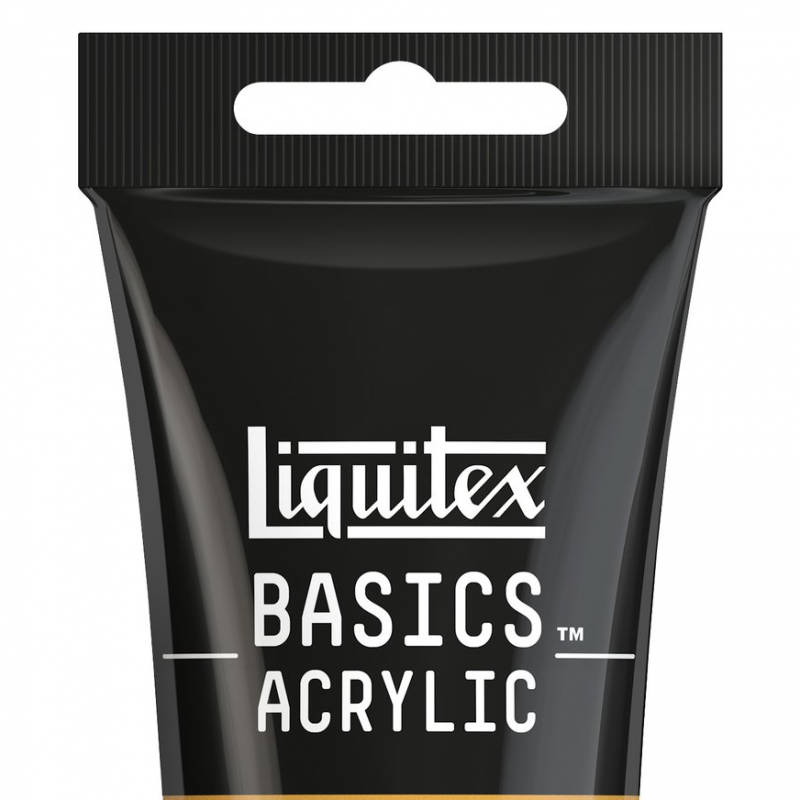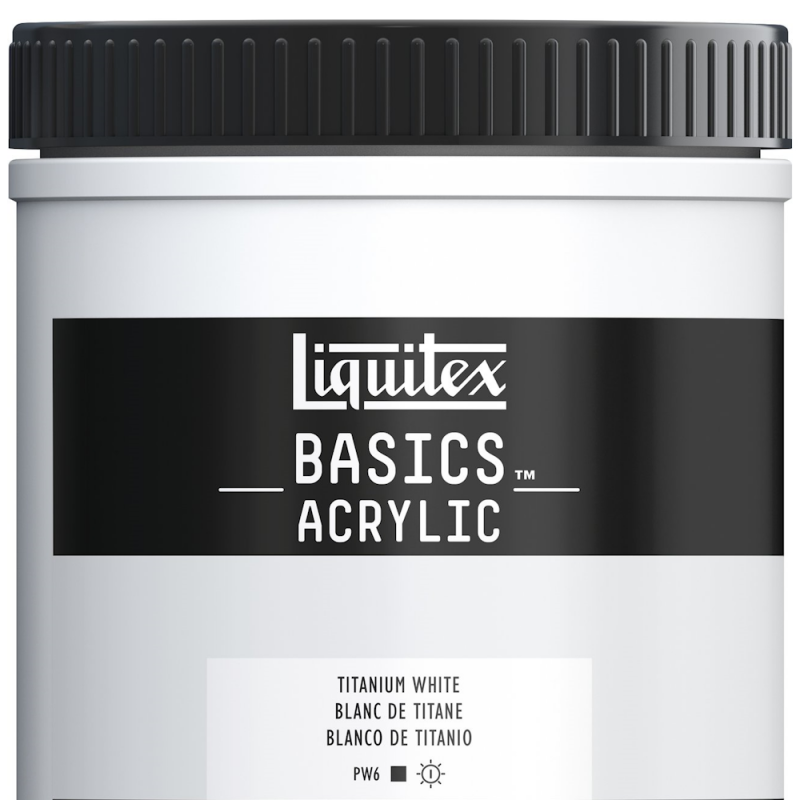Liquitex - BASICS Acrylic Colour (118ml) Naples Yellow Hue 601
Size: 118ml
Colours: 38
Sold Individually
Made for all artists
Student-quality acrylic colour
Made with premium-quality pigments
Blendable, medium viscosity
Dries to a lightfast satin finish
Ideal for everyday use, sketching out preliminary ideas, underpainting & coating larger areas, the BASICS range from Liquitex strikes a fine balance between quality & affordability, making them perfect for artists looking to push their budget as far as possible.
Available in 38 vibrant, lightfast colours that can be easily blended or mixed & dry to a robust, water-resistant satin finish.
Fully intermixable with all other Liquitex products, BASICS are made using the same rigorous manufacturing process & premium artist-quality pigments found throughout their professional paints.

















































